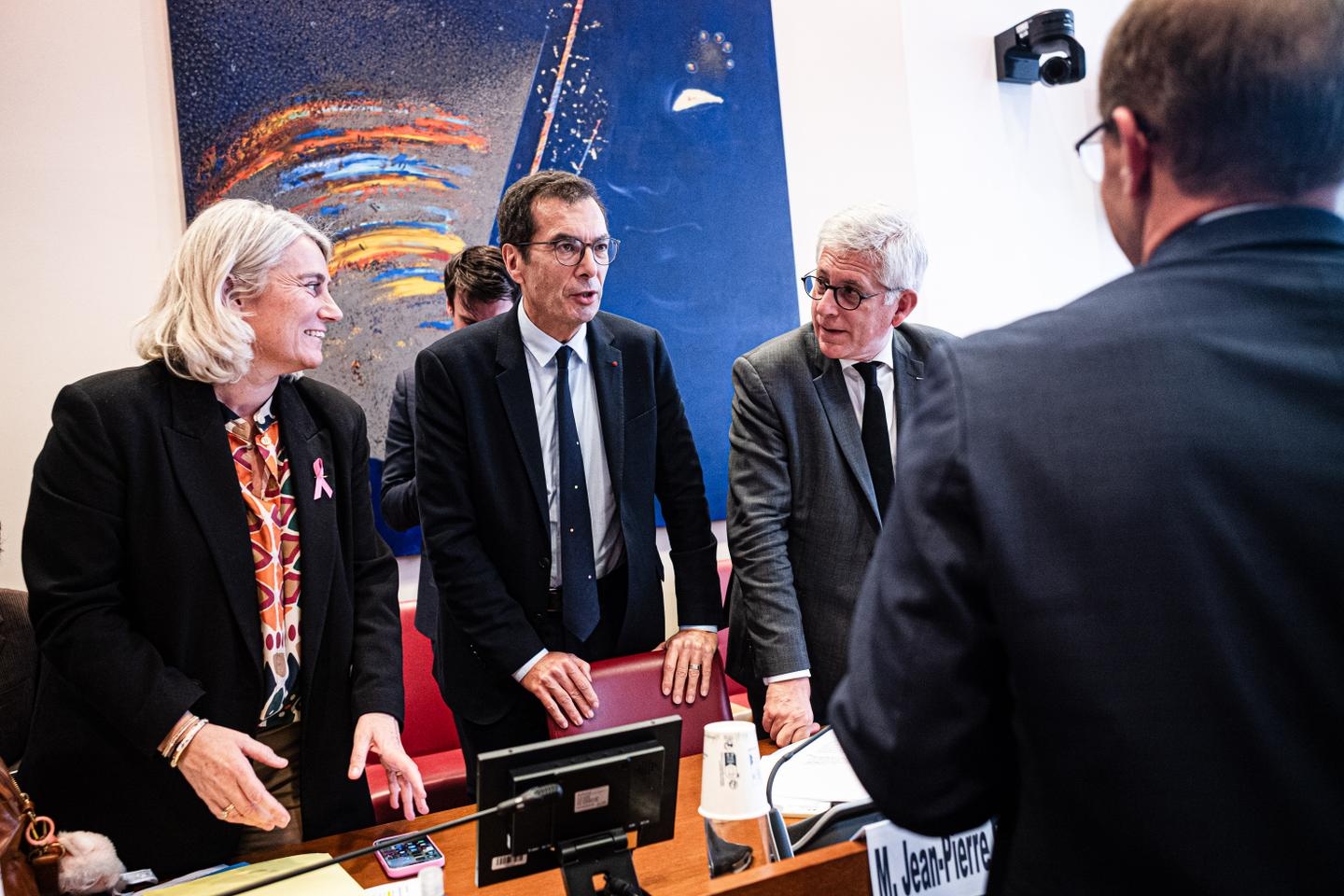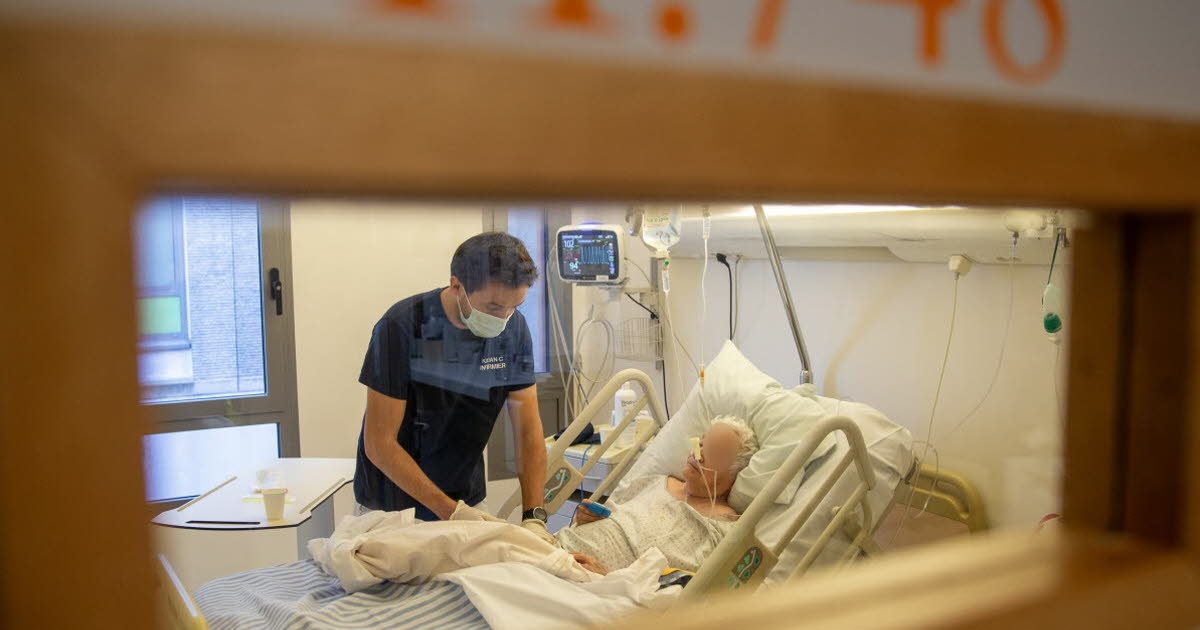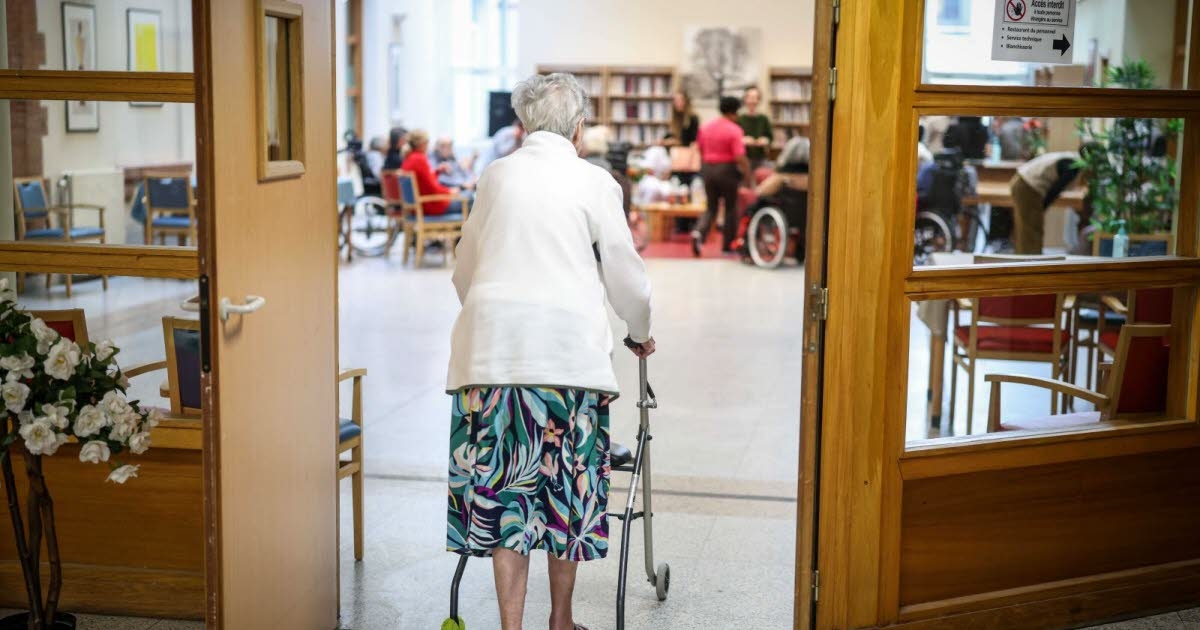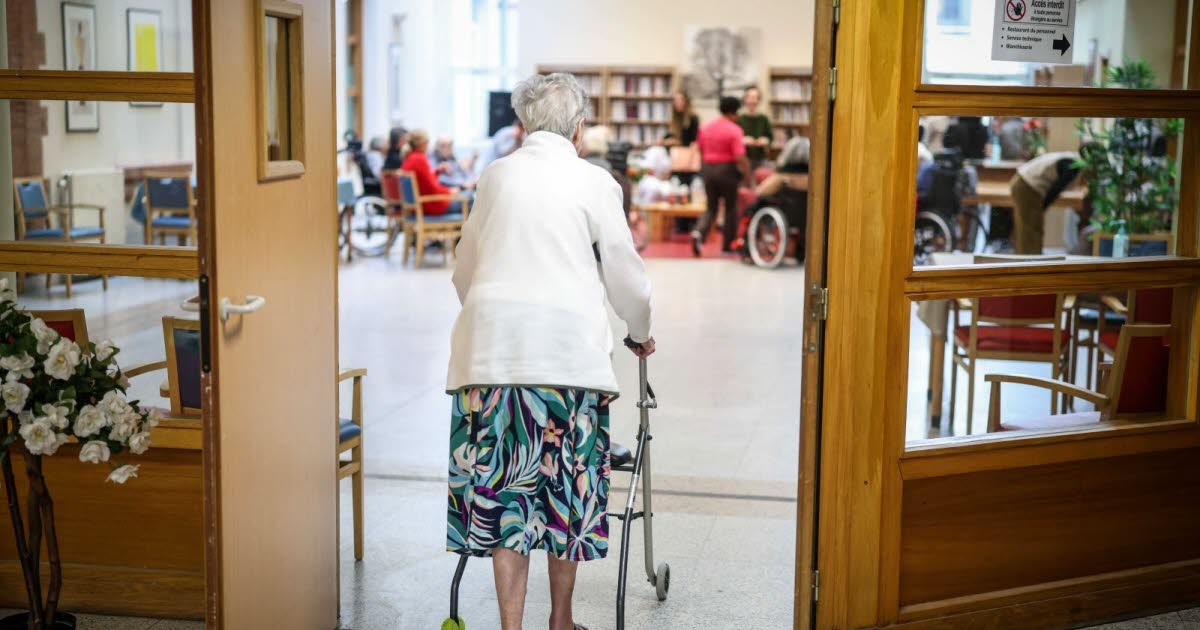Thousands of stroke victims in France receive inadequate care, despite medical advances
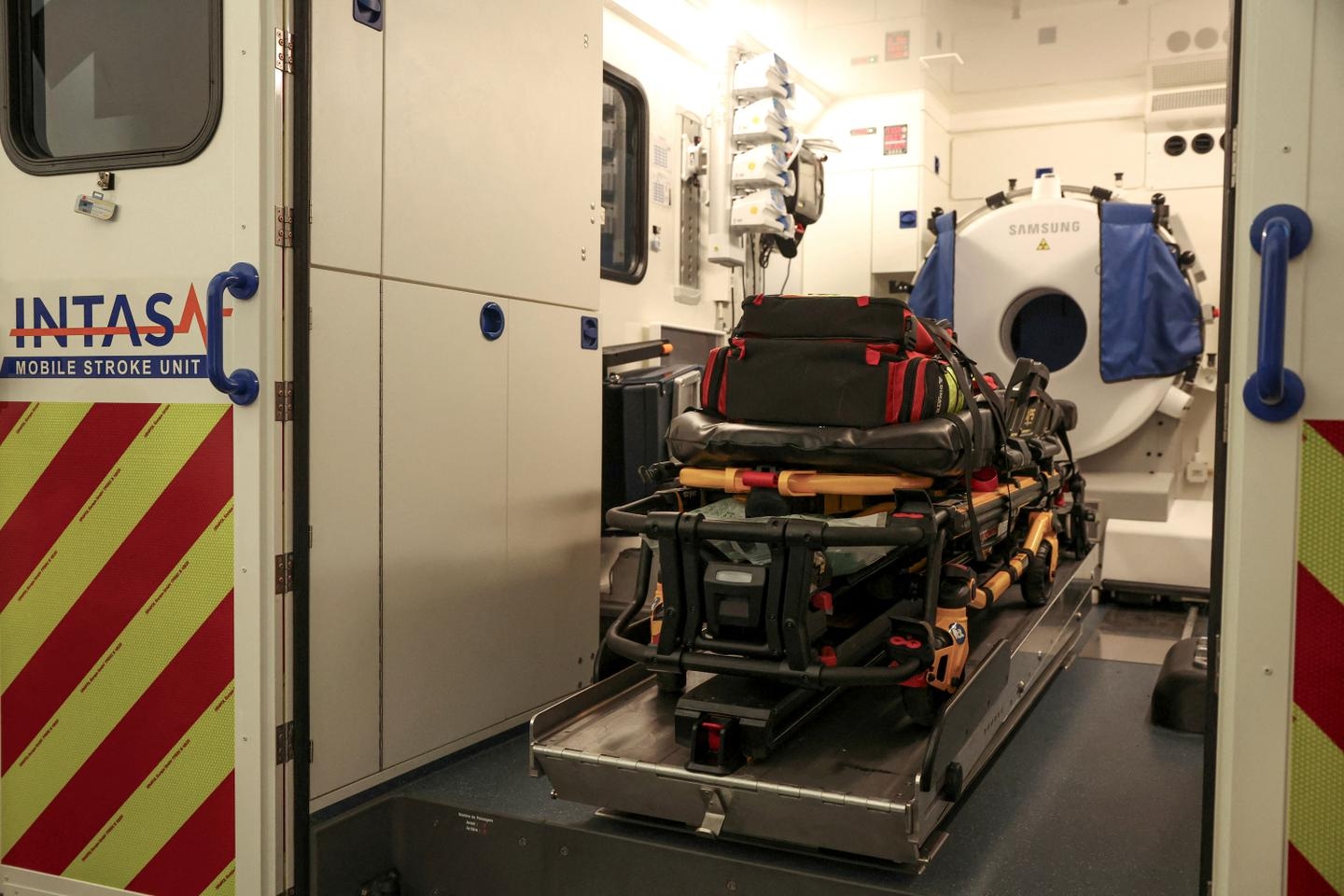
A cruel paradox for the tens of thousands of French stroke victims each year: while immense medical progress has been made, not everyone benefits from these advances. This observation, made for several years by medical specialists, is echoed this week by two major institutions: the French National Authority for Health (HAS) and the Court of Auditors, which specializes more in evaluating public policies than in health, on the occasion of World Stroke Day on Wednesday, October 29.
Each year, strokes kill 35,000 people in France, making them the leading cause of death for women and the second leading cause for death for men. Survivors are often left with significant long-term effects. In separate publications, the two organizations have issued recommendations that largely overlap. First, they emphasize the need to improve information about strokes because, when symptoms appear—sudden paralysis of a limb, sudden speech difficulties, loss of vision in one eye—too many patients fail to react by calling emergency services (15 in France) immediately, even though every minute counts.
But above all, they highlight inequalities in care, particularly across different regions. According to the Court of Auditors, only half of stroke victims are taken to a neurovascular unit: some 70,000 people are thus deprived of the opportunity to receive optimal treatment, primarily due to a lack of beds and staff. In the longer term, patients receive inadequate follow-up care. Of those who would benefit from comprehensive rehabilitation, approximately one-third do not access a rehabilitation service, jeopardizing their chances of recovery, or even of avoiding a recurrence.
The court specifically recommends the relaunch of a major national plan. The government had implemented one in the early 2010s, notably leading to the creation of around one hundred dedicated units. However, since then, "the involvement and coordination of all stakeholders have gradually waned," the institution laments, estimating the overall cost of stroke care in France at €4.5 billion.
Revolutionizing stroke treatment"We have made so much scientific progress that we now need to focus on providing care and implementing these magnificent discoveries," neurologist Charlotte Cordonnier, president of the French Neurovascular Society (SFNV), told Agence France-Presse.
Since the late 1990s, medical innovations have proliferated, ultimately revolutionizing the treatment of strokes, at least for their most common form, caused by a blood clot blocking an artery. Previously, "the prognosis was very poor, there was no effective treatment; in twenty years, that has changed and continues to do so," explains neurologist Sébastien Richard, a member of the French research network Strokelink.
Techniques have changed the game: from the 2000s, intravenous thrombolysis, which aims to dissolve the offending clot, then, since the mid-2010s, mechanical thrombectomy, a very high-precision operation that allows the clot to be directly removed using a tube that passes through the body from the leg to the brain.
Another major advance is the creation of dedicated stroke units in hospitals. Experience shows that these "neurovascular units," staffed by healthcare professionals with extensive knowledge of the condition, significantly increase the chances of recovery. As a result, over the past twenty years, the mortality rate has been halved: one in four stroke patients dies in France, compared to one in two.
Le Monde with AFP
lemonde


